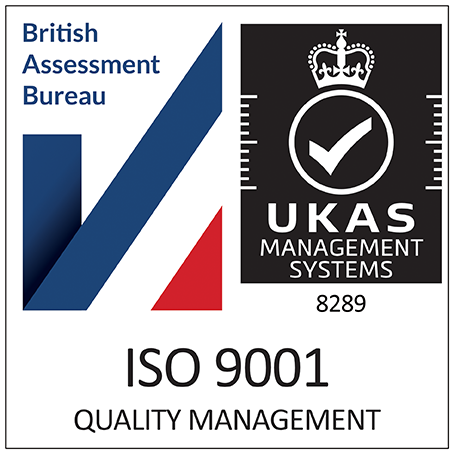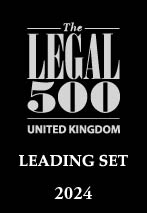 Petrodel in the Supreme Court
Petrodel in the Supreme Court
Paul Moulder discusses this long-trailed case that was anticipated as confirming the ‘Cheat’s Charter’ for company director-husbands and ending what seemed a divergent path between Family Court and Chancery Courts as to the use of company assets. Has that been the result?
In a 7-strong Court Lord Sumption gave the leading opinion and one which will set the principles for future litigation.
He considered there were 3 possible candidates for justifying a look behind the veil in matrimonial cases but were any correct in principle?:
- There might be an exceptional case where a court is at liberty to disregard the ‘veil’
- Section 24 MCA might give the court additional distinct power (as the judge at first instance held)
- The companies might be regarded as holding the properties on trust for H, not by virtue of his sole shareholding but in the particular circumstances of the case.
He identified that there had not been a single general principle in relation to the question of ‘piercing the corporate veil’ in relation to looking behind corporate legal personality to get at the assets of a company largely in the control of an individual. Rather, English Law proceeded on the basis of a number of exceptions in case law where it was appropriate to ignore the fact of incorporation.
In relation to the question of piercing the veil, Lord Sumption said:
That the court may be justified in piercing the corporate veil if a company’s separate legal personality is being abused for the purpose of some relevant wrongdoing is well established on the authorities.
However, the real difficulty was in deciding what amounts to the relevant wrongdoing; words such as ‘sham’ and ‘façade’ did no more than begs the question.
In fact, he analysed, there were two mixed strands, sometimes confused in the cases:
- Concealment principle. The interposition of a/several companies to hide the truth will not deter the court. This is not piercing the veil – ‘mere cloak or sham’
- Evasion principle. The court may disregard the veil if there is a legal right against the person in control of it which exists independently of the company’s involvement and a company is interposed so that the separate legal personality of the company will defeat the right or frustrate its enforcement.
Many cases, such as where H secretes money in an off-shore account in a company name were, in fact, examples of the former. These did not involve ‘piercing the veil’ at all. Examples of the latter were rarer, but one such was shown in Gilford Motor Co. v Horne [1933] Ch 935. Here, Mr Horne had been found to use the device of the company to evade a right he had granted to the purchaser of his company, not to trade in competition with it within a defined period and distance. The remedy of an injunction did involve ‘piercing’.
The Supreme Court
The Supreme Court was of the view that the Family and other Divisions of the Court could not have divergent streams concerning the principles of piercing the veil. There had to be one consistent view of the law. Section 24 of the MCA did not give the Court a wider power than existed elsewhere, in relation to orders concerning property “in possession or in reversion”, which was a clear reference to proprietary rights.
However, on the facts, the 7 properties were held by the companies for Mr Prest beneficially. In a number of cases, they had been transferred to the company for £1 only. Hence it was not necessary to depart from trust principles when looking at the reality of ownership. Neither was it necessary to ‘pierce the corporate veil’ in determining the true ownership of the companies: this was an example of the ‘concealment principle’ only.
The case gives a very clear and succinct exposition of the law relating to the ‘piercing of the corporate veil’ cases and helps to clear up a number of inconsistencies that have troubled practitioners over the years. As such, it is not a revolutionary but certainly welcome addition to clarify the existing law. Whether the decision on s24 MCA now prompts further amendment of that particular statute to broaden the scope of what a Family Court can do, will be awaited with interest.


